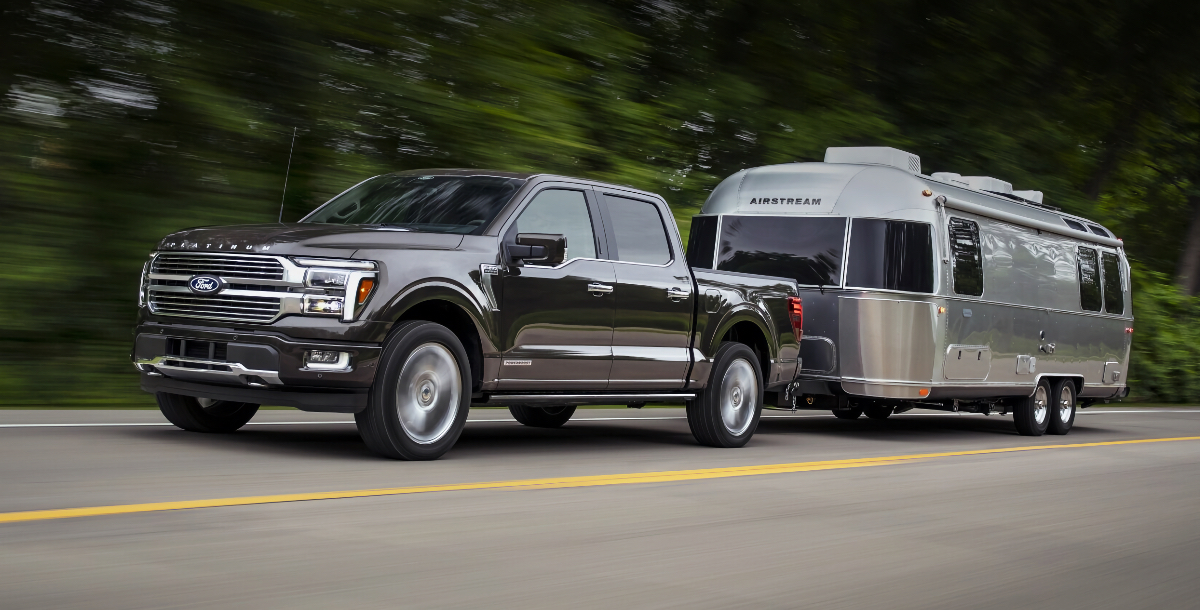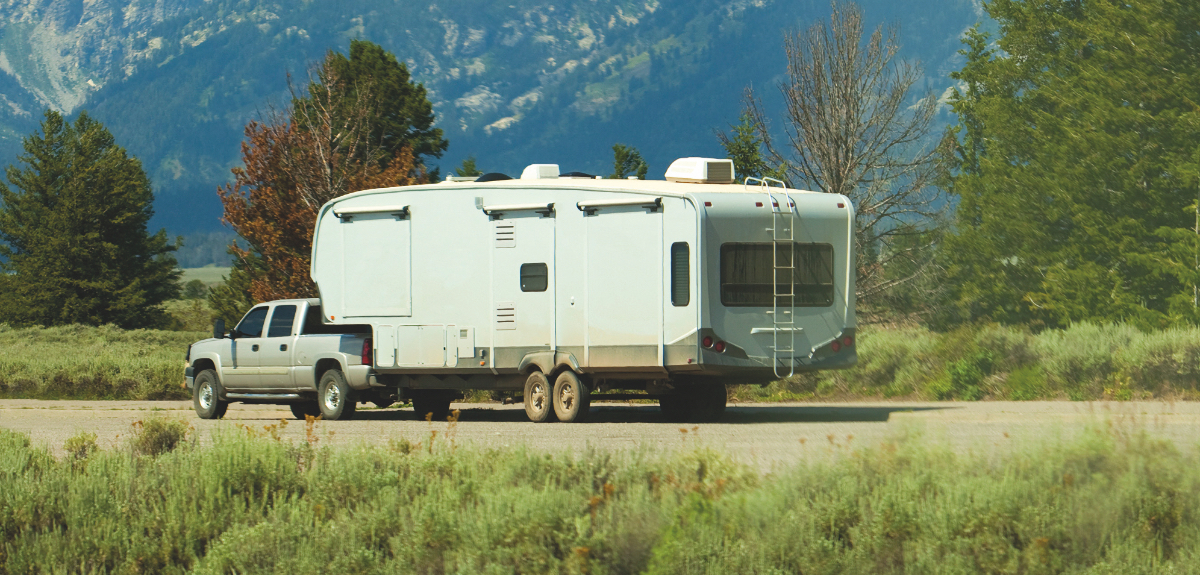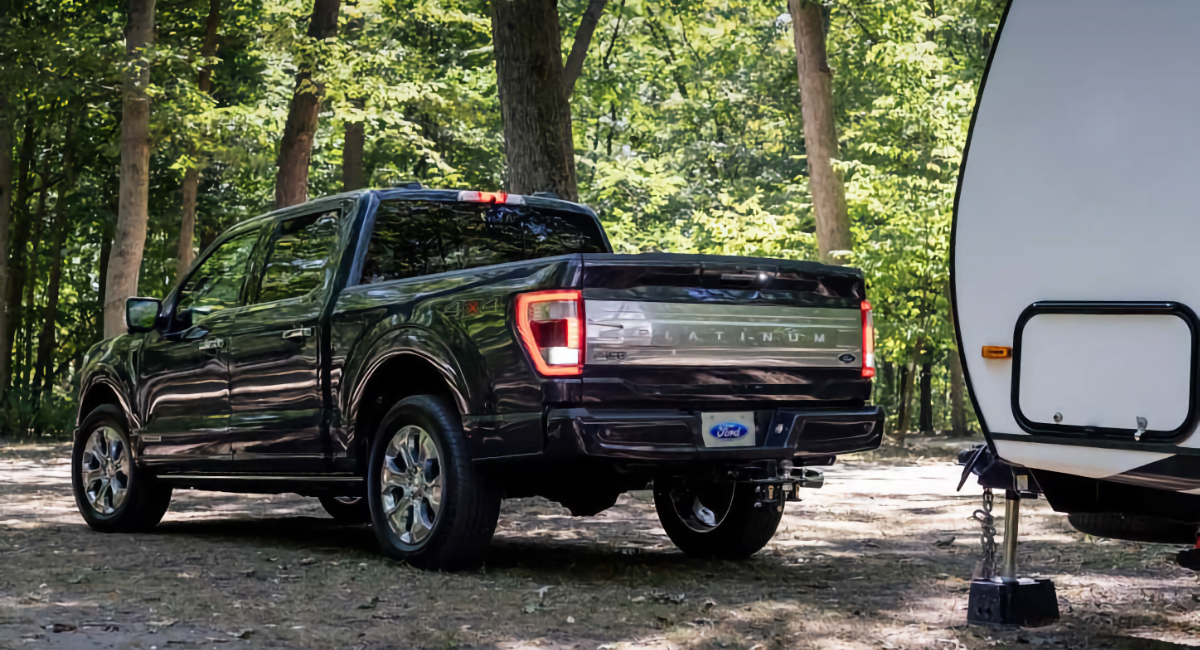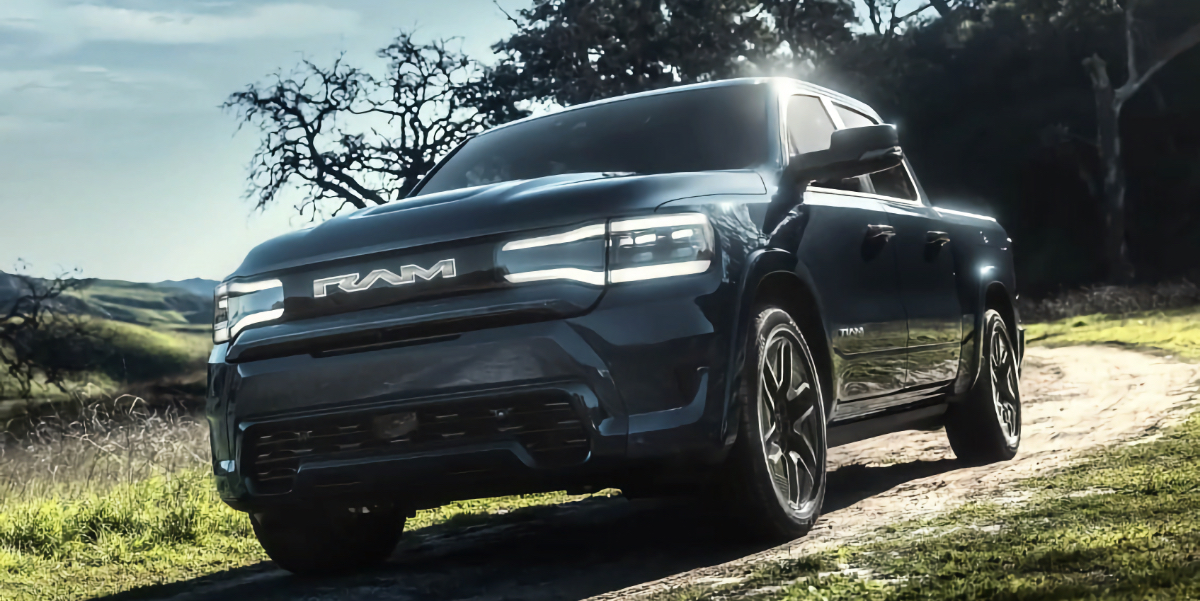Safe Dinghy Towing Guide
Image Caption:
We all like to think about RVing as a pleasant experience, one that creates memories that will last a lifetime. But as we prepare for the upcoming travel season, it’s important to remember that towing a dinghy vehicle also comes with responsibilities: preventing damage to your property and helping to prevent accidents.
Weight a Minute
Before considering a dinghy vehicle, verify the towing limits of your motorhome (check with the motorhome or chassis manufacturer), then make sure that the towed vehicle is within that limit when it is loaded with all fluids and any supplies you typically bring on a trip (for example, perhaps you carry two kayaks on the roof, and keep loaded ice chests in the trunk). The actual vehicle weight is also important when selecting a tow bar, as these are also classified by the maximum amount of weight they are designed to handle safely.
Make a Connection

Depending on the motorhome, the hitch receiver may be located underneath the bumper, which shortens the distance between the motorhome and dinghy. A receiver extender is a useful accessory in these cases.
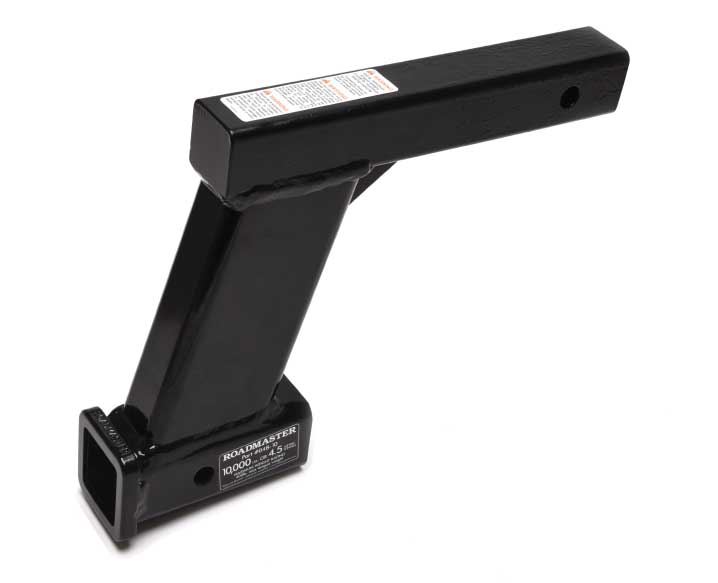
If the tow bar is too high or low at the motorhome end, a drop/rise receiver adapter can help. These are available in a number of height designations to suit just about any motorhome and dinghy combination.
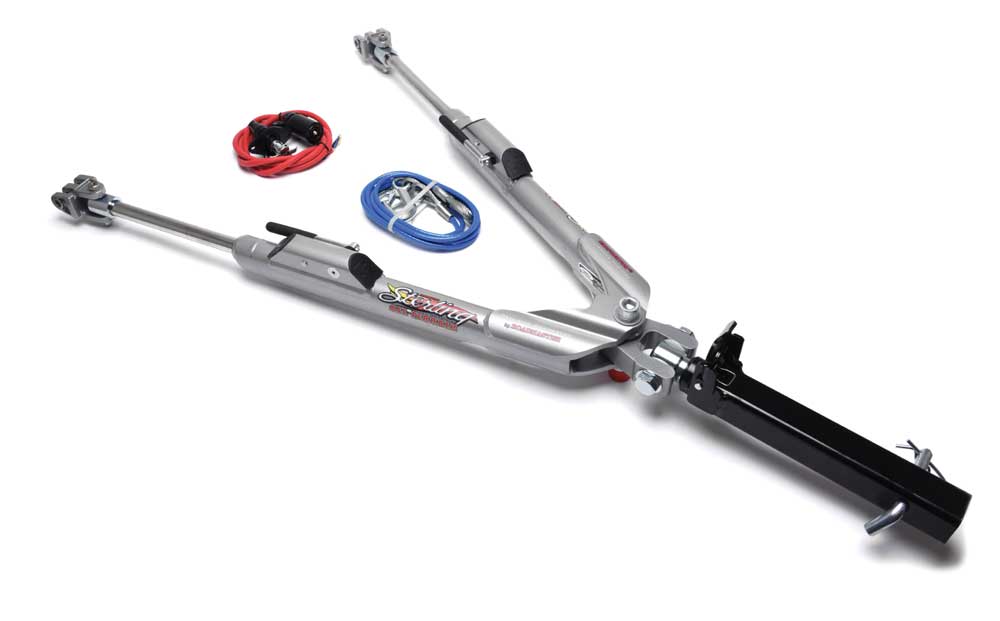
A longer tow bar with extendable arms can increase the distance between the motorhome and dinghy vehicle, preventing interference problems during sharp turns.
The first time you practice connecting the dinghy vehicle to the motorhome, make sure that the tow bar is level, or as close to level as possible. A tow bar that is more than a few inches from level can cause significant wear and tear to the tow bar, baseplate and even the dinghy’s frame/suspension and the motorhome can become damaged if a severe angle allows the towed vehicle to “leap frog” (drive up and over) the tow bar. Check with your manufacturer for safety requirements — but if the bar is not level, you can purchase a receiver adapter with an appropriate amount of drop or rise to make sure the tow bar can be installed in a level position.
When attaching the tow bar, always stand to one side — don’t position yourself between the tow vehicle and motorhome, and don’t stand between the tow bar’s arms when releasing the tow bar. The towed vehicle can lurch forward when the locking mechanisms (if equipped) are released — and if you’re standing between the two vehicles, well, we don’t need to tell you what could happen next. The best practice is to place the towed vehicle in park with the parking brake set, and if the tow bar is in a bind, have someone in the driver’s seat release the transmission and parking brake, ready to quickly apply the brake if necessary.
Towing Radius
When towing a trailer, it’s pretty easy to surmise the turning radius, but when towing a car with a motorhome, not so much. Unfortunately, if you turn too tightly with a dinghy attached, it is possible to damage the towed vehicle/motorhome and/or tow bar, particularly with newer motorhomes that have a 60-degree wheel cut (which reduces the turning radius). To prevent this from happening, test the turning radius in an empty parking lot. With the dinghy attached, have your significant other, friend or family member observe as you slowly tighten the turning radius, and take note of how far you can go. If you would like a little extra wiggle room, a longer tow bar can help, or you can purchase a receiver extender, either of which (or both) will move the dinghy farther away from the motorhome. Knowing your turning radius is also important because you can’t back up when towing a dinghy vehicle, as the front wheels will turn and the vehicle will jackknife immediately, which could also cause damage.
Dinghy Inspection and Maintenance
The next thing to consider is the regular inspection and maintenance of the dinghy-towing equipment. Before any long trip, check the tow bar mounts, brackets, fasteners, wiring and the safety cables. Inspect the baseplate fasteners regularly (Roadmaster, for example, recommends this every 3,000 miles of towing) to make sure they are not coming loose. At the same time, take a look at the baseplate structure to make sure there is no evidence of cracking, bending, etc., that could cause premature failure. A good time to do this is when the vehicle is being serviced and is up on a lift, making it easy for you or the service technician to see underneath.
By practicing some due diligence and a few precautions, dinghy towing can remain a safe practice that will make every journey more convenient and fun.
Pro Dinghy Towing Tip
Cleanliness is key to proper function and longevity. Keep all parts clean, and painted or lubricated as recommended. Inspect rusty components and replace, if needed.

